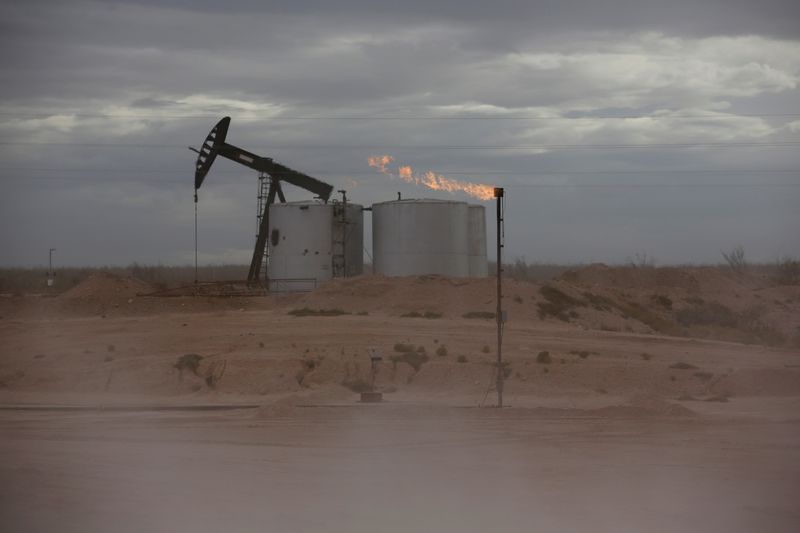OAG360 Publishers Notes: Check out our new DOE dashboards for crude oil inventories and natural gas inventories: https://www.oilandgas360.com/dashboards/oil-and-gas-inventories/
NEW YORK – Oil prices rose for a second day on Wednesday, gaining about 3% on an unexpected decrease in U.S. crude inventories and as Hurricane Sally forced a swath of U.S. offshore production to shut.

U.S. crude stocks fell by 4.4 million barrels last week to 496 million barrels, compared with analysts’ expectations in a Reuters poll for a 1.3 million-barrel rise, the U.S. Energy Information Administration said. [EIA/S]
Brent crude LCOc1 was up $1.11, or 2.7%, at $41.64 a barrel by 10:59 a.m. EDT (1459 GMT), while U.S. crude CLc1 added $1.24, or 3.2%, to $39.52.
Lackluster gasoline consumption figures from the EIA and a dropoff in diesel demand kept prices from moving higher, said John Kilduff, partner at Again Capital in New York.
“Despite that crude oil drawdown, it was a mixed bag,” Kilduff said. “The demand numbers continue to be rather poor.”
Hurricane Sally, which made landfall near Gulf Shores, Alabama, as a Category 2 hurricane on Wednesday morning, also boosted oil prices as more than a fourth of U.S. offshore output shut due to the storm.
Nearly 500,000 barrels per day (bpd) of offshore crude oil production was taken offline in the U.S. Gulf of Mexico, according to the U.S. Interior Department, roughly a third of the shut-ins caused by Hurricane Laura, which landed farther west in August.
Oil collapsed to historic lows as the coronavirus crisis hit demand. A record supply cut by OPEC and its allies, a grouping known as OPEC+, and an easing of lockdowns have helped Brent recover from a 21-year low below $16 in April.
Prices have sunk in September, pressured by rising coronavirus cases and concerns about demand. The Organization of the Petroleum Exporting Countries and International Energy Agency both cut their demand outlooks this week. [EA/MI][OPEC]
A panel of OPEC+ oil ministers meets to review the supply pact on Thursday and is unlikely to recommend further output curbs despite the price drop, sources told Reuters.
[contextly_sidebar id=”ONUdm0hsOQ35g58rg4iMCnzW9xQq9wEo”]



